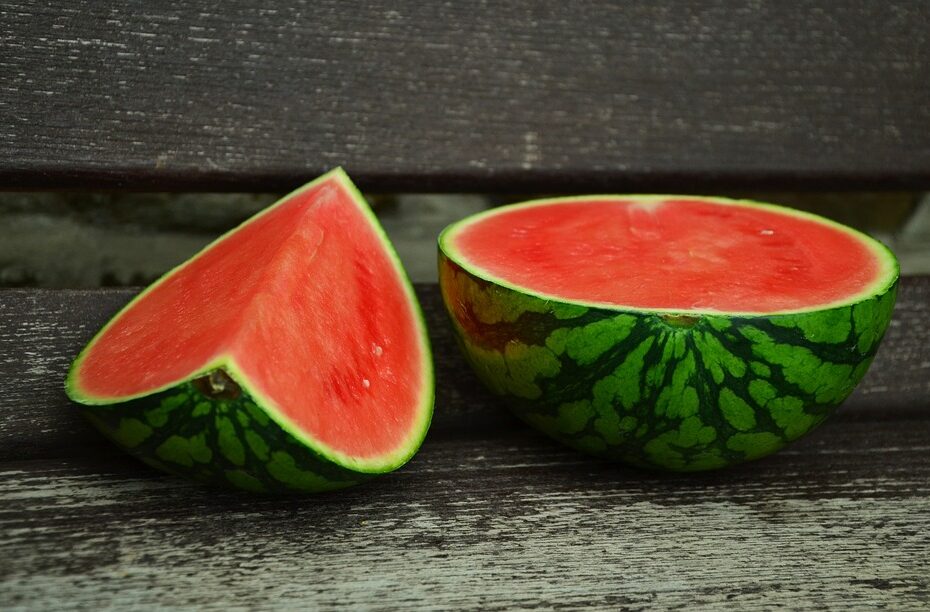Understanding the gastric sleeve Drain Tube
When undergoing gastric sleeve surgery, patients may have a drain tube placed in their abdomen to help with the healing process. This small tube is used to remove excess fluid and blood from the surgical site, preventing complications such as infection or fluid buildup. In this article, we will explore the purpose of the gastric sleeve drain tube, how it is inserted and removed, potential risks and complications, and tips for caring for the drain tube post-surgery.
The Purpose of the Gastric Sleeve Drain Tube
The gastric sleeve drain tube serves a crucial role in the recovery process after gastric sleeve surgery. By removing excess fluid and blood from the surgical site, the drain tube helps to prevent complications such as infection, abscess formation, or fluid accumulation. This allows for faster healing and reduces the risk of post-operative complications.
Insertion and Removal of the Drain Tube
The gastric sleeve drain tube is typically inserted during the surgical procedure and remains in place for a few days to a week after surgery. The tube is inserted through a small incision in the abdomen and is connected to a drainage bag that collects the fluid and blood from the surgical site. Once the drainage decreases to a certain level, the drain tube can be removed by a healthcare provider in a quick and relatively painless procedure.
Risks and Complications
While the gastric sleeve drain tube is generally safe and well-tolerated, there are some risks and potential complications associated with its use. These may include infection at the insertion site, blockage of the tube, leakage of fluid around the tube, or discomfort and irritation at the drainage site. It is important for patients to monitor the drain tube closely and report any unusual symptoms to their healthcare provider promptly.
Caring for the Drain Tube
Proper care of the gastric sleeve drain tube is essential to prevent complications and promote healing. Patients should follow their healthcare provider’s instructions for cleaning and dressing the insertion site, emptying and measuring the drainage fluid, and monitoring for signs of infection or blockage. It is important to keep the drain tube clean and dry, avoid pulling or tugging on the tube, and report any concerns to the healthcare team promptly.
In conclusion, the gastric sleeve drain tube plays a crucial role in the recovery process after gastric sleeve surgery. By removing excess fluid and blood from the surgical site, the drain tube helps to prevent complications and promote healing. Patients should follow their healthcare provider’s instructions for caring for the drain tube and report any concerns promptly. With proper care and monitoring, the gastric sleeve drain tube can help patients recover safely and effectively after surgery.
Most Common Questions Concerning Gastric Sleeve Drain Tube
What is a Gastric Sleeve Drain Tube?
A Gastric Sleeve Drain Tube is a small tube that is inserted into the abdomen during a gastric sleeve surgery to help drain excess fluid and prevent complications such as infection. This tube is typically left in place for a few days to a week after surgery before it is removed. The drain tube allows for the safe removal of fluid that may accumulate in the abdomen during the healing process, reducing the risk of infection and promoting proper healing.
– Helps drain excess fluid after gastric sleeve surgery
– Prevents complications such as infection
– Typically removed after a few days to a week
How is a Gastric Sleeve Drain Tube inserted?
During a gastric sleeve surgery, the drain tube is inserted through a small incision in the abdomen. The tube is carefully placed to allow for the proper drainage of fluid from the surgical site. The tube is secured in place and typically left in for a few days to a week after surgery. The insertion of the drain tube is a routine part of the gastric sleeve surgery process and is done to promote proper healing and reduce the risk of complications.
– Inserted through a small incision in the abdomen
– Carefully placed for proper drainage of fluid
– Secured in place and left in for a few days to a week
What are the risks associated with a Gastric Sleeve Drain Tube?
While a Gastric Sleeve Drain Tube is generally safe and well-tolerated, there are some risks associated with its use. These can include infection at the insertion site, leakage of fluid from the tube, and discomfort or irritation at the site of the tube. It is important to follow your doctor’s instructions for caring for the drain tube to minimize these risks and promote proper healing.
– Risk of infection at the insertion site
– Risk of leakage of fluid from the tube
– Discomfort or irritation at the site of the tube
How long will I need to have a Gastric Sleeve Drain Tube in place?
The length of time that a Gastric Sleeve Drain Tube is left in place can vary depending on the individual and their healing process. In general, the tube is typically left in for a few days to a week after surgery. Your doctor will monitor your progress and determine when it is safe to remove the drain tube. It is important to follow your doctor’s instructions and attend follow-up appointments to ensure proper healing and recovery.
– Typically left in for a few days to a week
– Doctor will monitor progress and determine when to remove
– Follow doctor’s instructions for proper healing
How do I care for a Gastric Sleeve Drain Tube at home?
Caring for a Gastric Sleeve Drain Tube at home involves keeping the insertion site clean and dry, monitoring for signs of infection, and following your doctor’s instructions for care. You may need to empty and measure the fluid that drains from the tube, and record this information to share with your doctor. It is important to avoid getting the drain tube wet and to follow any activity restrictions given by your doctor to ensure proper healing and recovery.
– Keep insertion site clean and dry
– Monitor for signs of infection
– Empty and measure draining fluid, record information
1. Gastric Sleeve Drain Tube is only used for extreme cases
One common Misconception about Gastric Sleeve Drain Tube is that it is only used for extreme cases of obesity.
In reality, the drain tube is commonly used in gastric sleeve surgeries to help drain excess fluids from the surgical site.
The drain tube helps prevent complications such as infection and fluid buildup, which can occur in any gastric sleeve surgery, regardless of the patient’s weight.
2. Gastric Sleeve Drain Tube is extremely painful
Another misconception about Gastric Sleeve Drain Tube is that it is extremely painful and uncomfortable for the patient.
While it is true that having a drain tube inserted can cause some discomfort, the pain is typically manageable with pain medication.
Most patients report that the discomfort from the drain tube is temporary and subsides as they recover from surgery.
3. Gastric Sleeve Drain Tube is permanent
Some people mistakenly believe that the Gastric Sleeve Drain Tube is a permanent fixture after surgery.
In reality, the drain tube is only temporary and is usually removed within a few days to a week after the surgery.
Once the drainage has decreased to a certain level and the risk of complications has decreased, the drain tube can be safely removed.
4. Gastric Sleeve Drain Tube is necessary for all gastric sleeve surgeries
There is a misconception that all gastric sleeve surgeries require the use of a drain tube.
In fact, the decision to use a drain tube depends on various factors such as the surgeon’s preference, the patient’s health status, and the complexity of the surgery.
Some patients may not require a drain tube at all, while others may benefit from its use to prevent complications.
5. Gastric Sleeve Drain Tube is a sign of a failed surgery
One common misconception is that having a Gastric Sleeve Drain Tube is a sign that the surgery was not successful.
In reality, the presence of a drain tube does not necessarily indicate a failed surgery.
It is simply a precautionary measure to ensure proper healing and reduce the risk of complications.
Patients should not be discouraged if they require a drain tube after surgery, as it is a common and often necessary part of the recovery process.
Gastric Sleeve Drain Tube
#gastric #sleeve #drain #tube #small #flexible #tube #inserted #stomach #gastric #sleeve #surgery #tube #helps #drain #excess #fluid #blood #surgical #site #reducing #risk #infection #promoting #healing #drain #tube #typically #removed #days #surgery #drainage #decreased #level #important #follow #surgeons #instructions #caring #drain #tube #prevent #complications

